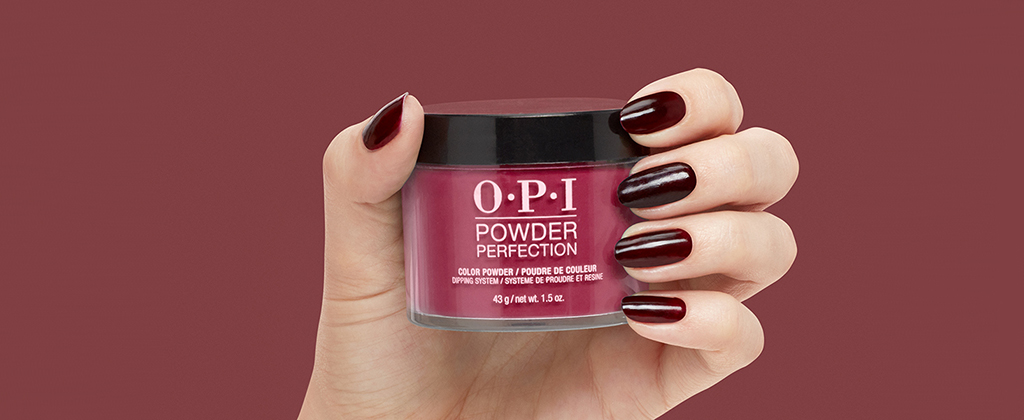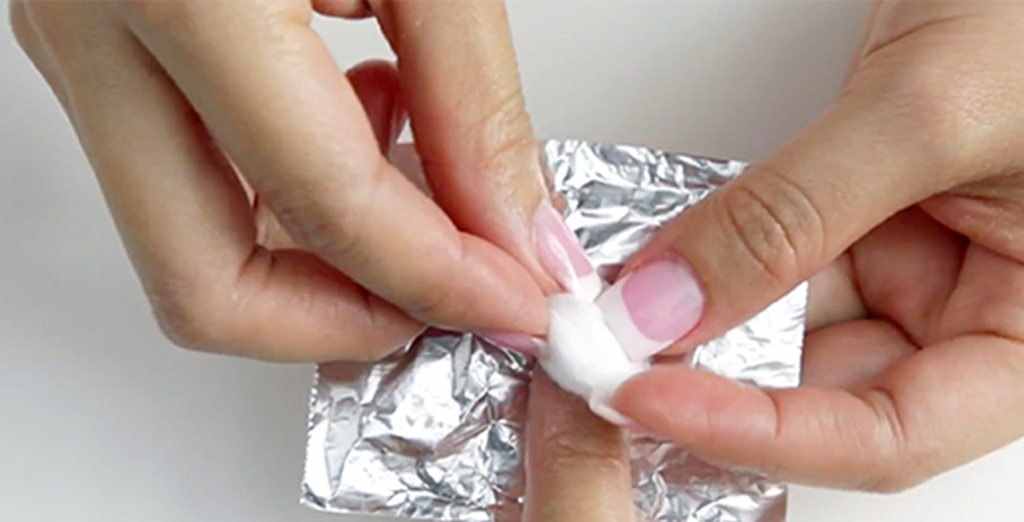Dip powder nails, also known as OPI powder nails, have gained prominence, with many women globally acknowledging its benefits and preferring it over other nail manicures.

Dip powder manicures have their advantages over other manicures:
The first, they last longer than almost all other manicures.
The second, dip powder manicures do not sacrifice your nail’s health.
The third, the process is convenient and does not require curing under the UV lamp.
However, the dip powder process has a couple of drawbacks.
The manicure stays for around four weeks, but it also results in spotting on your nails because of the color pigments or keratin granulation.
As dip powder begins to lift, there are chances of moisture seeping into the gaps, thereby posing risks of bacterial infections.
Otherwise, dip powder manicures are the best when compared to others. However, it is advisable to use quality products like OPI dip powder color rather than the cheap ones available online.
One of the primary reasons women prefer dip powder manicures is that it is easy to apply and remove. Though it is advisable to visit a nail salon and seek the technician’s assistance to remove dipping powder, you can learn how to perform the procedure at home.
Before learning the dip powder removal procedure, it is better to be aware of what you should not do when using dip powder manicure.
- As you move into the fourth week of a dip powder manicure, you could observer the chipping of the powder layer. It happens because your nail keeps growing and thus, pushes the powder layers. One should note not to pick or pull the dip powder layer on observing the first chip.
- Chipping away at the nail polish prematurely can lead to peeling of the nail layers and leave you with brittle nails. The recovery procedure can take around six months.
Therefore, everyone should follow the procedure we are going to discuss here.
The Dip Powder Removal Procedure

Get your tools in order
Before you start with the dip powder manicure removal, you should assemble the tools required for the procedure. The tools include a sterilized nail file, acetone/nail polish remover, cotton balls, aluminum foil, and a small bowl.
File the shiny coat off
Dip powder manicures could have several layers. Therefore, it is advisable to use the sterilized nail file to buff the top layer gently. One should not exert force as it could cause chipping. The purpose of filing the top layer is to facilitate the acetone solution to penetrate the dip powder.
One should use a fine emery board in a specific back/forth, and side-to-side motion until the top layer peels off. The nail now looks dull with a covering of fine white dust.
Use acetone to remove the OPI powder color
Acetone is a renowned nail polish remover. Alternatives are available, but they are not as effective as acetone for dissolving nail polish. Dip powder does not fall off if you rub acetone over the nails. It requires the powder to soak in acetone for some time. The most straightforward way is to dip a cotton ball into the acetone solution and place it over the nail. You can use the aluminum foil to bind the cotton ball to your nail and secure it in place.
It will help acetone to sink into the dip powder and dissolve it completely. You can proceed with soaking all the nails in the same manner. The bright side of this procedure is that soaking the nails in acetone removes the dip powder entirely. However, the downside is that acetone can dehydrate the nails and skin.
The soaking procedure takes around 20 minutes to complete. You can remove the foil and find the powder dropping off. If there is some powder residue, you can repeat the procedure for some more time.
Touch up the edges and complete the dip powder removal procedure
The final part is to use a cotton ball dipped in acetone to touch up the edges and ensure that the entire powder is removed.
Conclusion
Acetone can dehydrate your nails. Hence, it is advisable to let the nails recuperate before you plunge into the next dipping powder manicure. You can wait for a week and let the nail heal itself. Meanwhile, you can apply cuticle oil or creams to rehydrate the nails and the surrounding skin.
Nail strengthening treatments are also available that allow the nails to heal quickly. However, it is always beneficial to let nature take its course. One should never rush into the next Insta-worthy dipping powder procedure before the nail gets rehydrated. You would have noticed that it does not take much time to master the art of removing the dipping powder from your OPI dip powder.